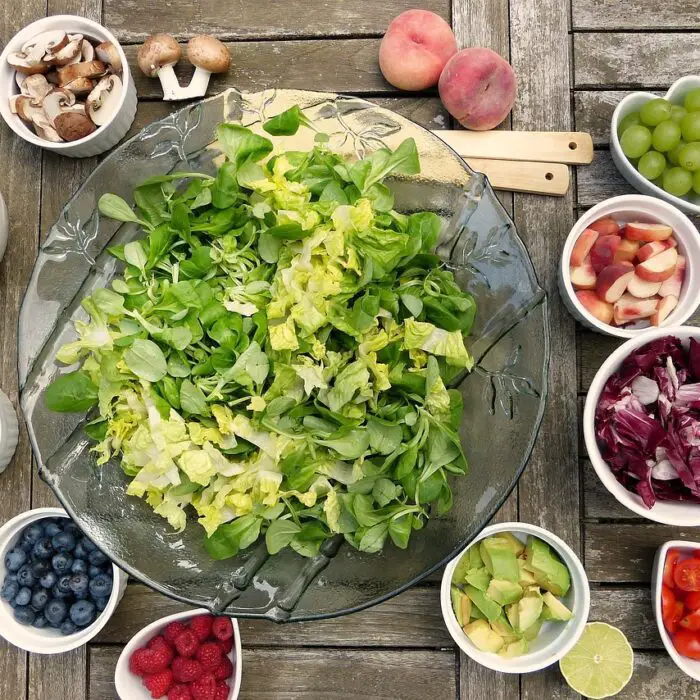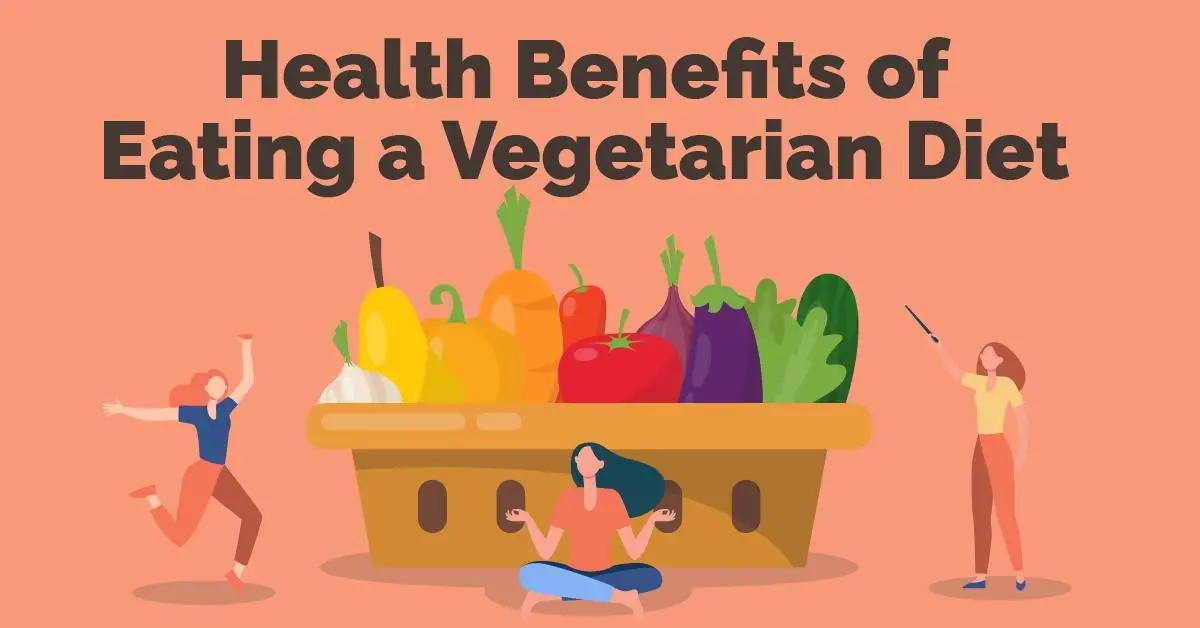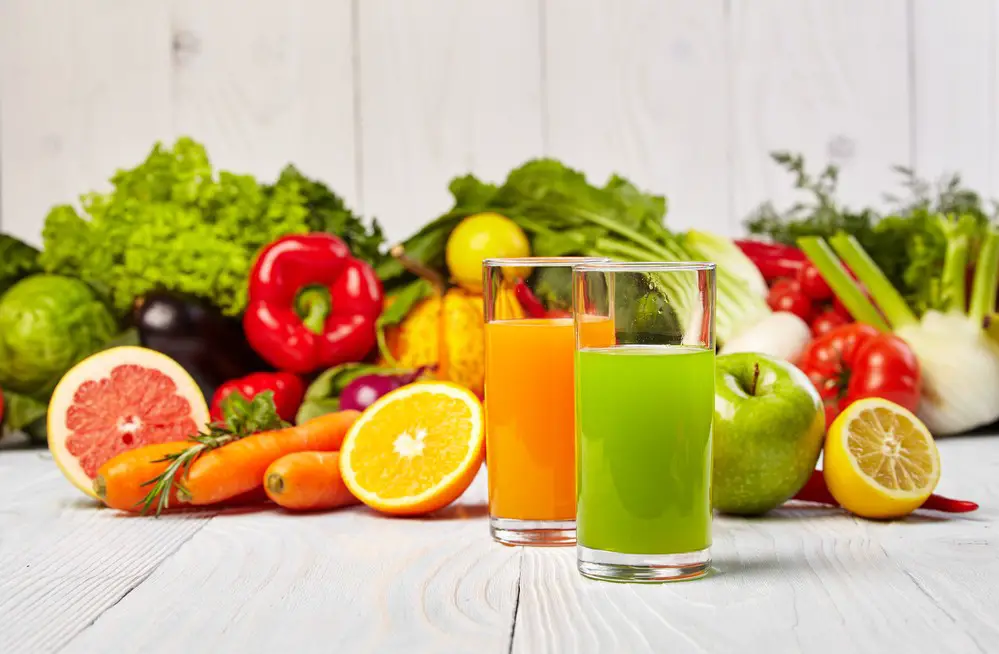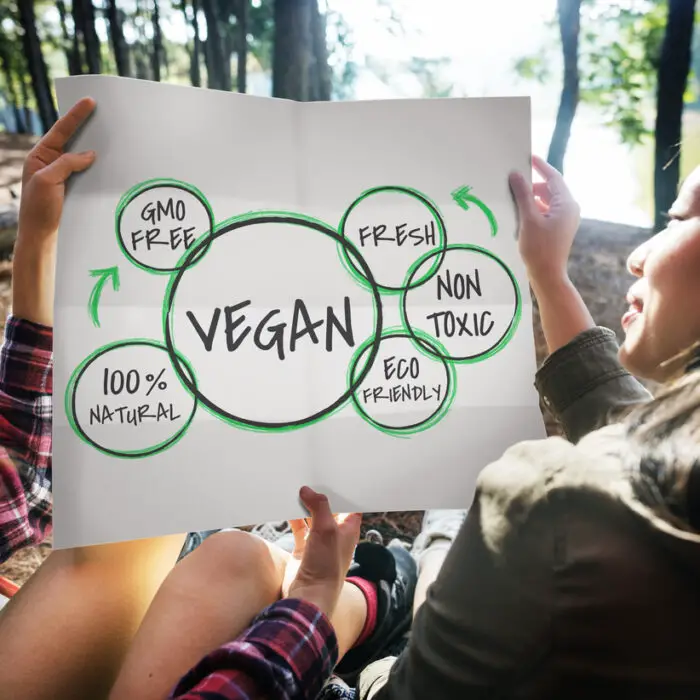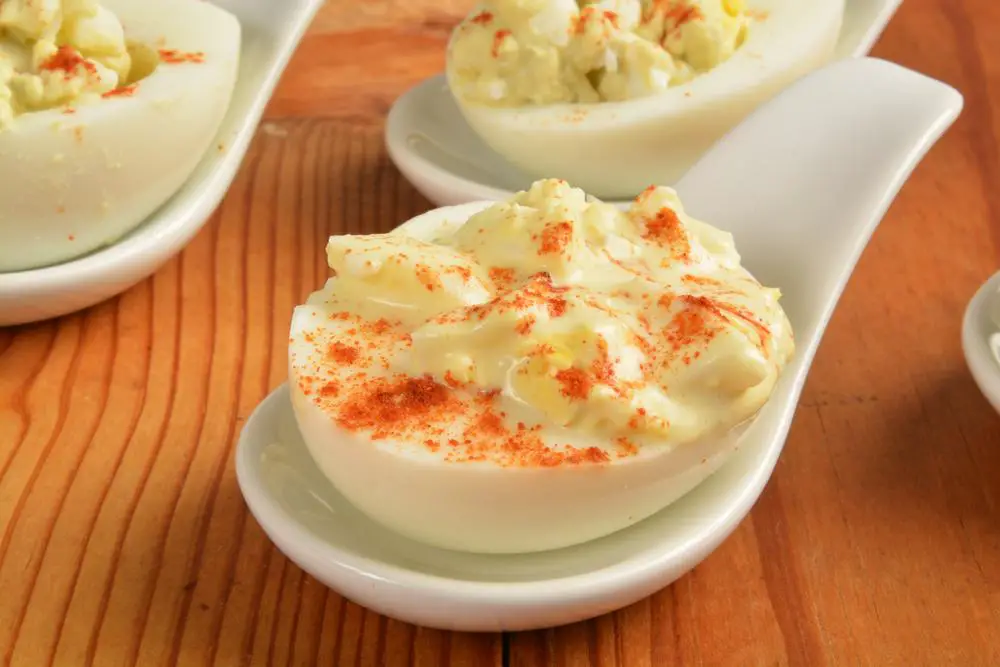Noodles have a long history in Asia, dating back at least 4,000 years. Some foods based on noodles include classics like fried noodle dishes, ramen, pad thai, and lo mein. Unlike wheat-based pasta, noodles often contain other plant sources, namely rice, sweet potato, millet, seaweed, buckwheat, tofu, and tapioca are some examples.
Versatile noodles are easy to store and prepare. Then again, instant noodles have made the lives of busy people and students easier since they can have a quick bowl of noodles ready in less than five minutes.
However, not all noodles or instant ramen are vegan. Even though the main source of the unleavened dough used for noodles is vegan, some noodles have eggs, meaning they are unsuitable.
With instant noodles, it becomes even more complicated. You must ensure they don’t contain non-vegan ingredients like meat, fish, dairy, or egg.
Are you looking for delicious plant-based pasta options? Let’s take a closer look at the best vegan noodles.
Delicious Vegan Noodle Recipes
There are several advantages to cooking vegan noodle dishes at home. They are quick, easy, and inexpensive, and you are sure of the ingredients they contain.
Full of Plants has some delicious vegan noodle recipes that are fun to make and eat. With over 25 recipes, you can have a different vegan noodle meal daily. Favorites include the Vegan Kimchi Noodle Soup, The Best Vegan Pad Thai, 15 15-minute Thai Peanut Jackfruit Noodles, and Vegan Vietnamese Spring Rolls. All the ingredients required to make these dishes are easy to find in grocers and Asian stores.
If you want quick yet delicious meal to prepare for dinner on a weeknight, here is a recipe to make with some basic ingredients:
Delicious Vegan Stir Fry with Noodles, Chickpeas, and Basil (Serves 4)
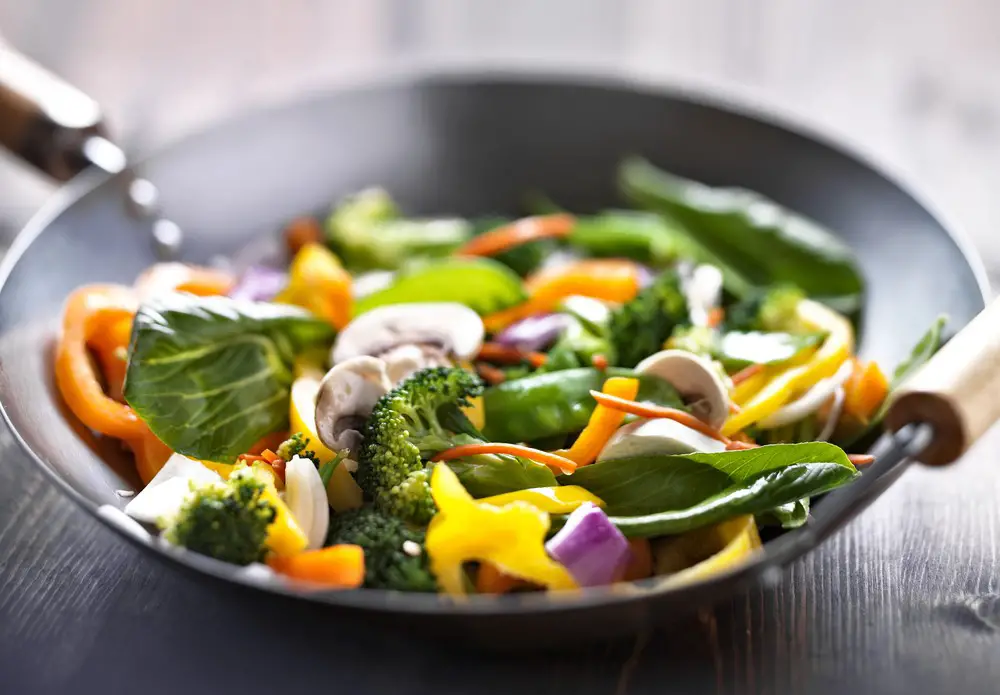 Ingredients
Ingredients
Substitute the noodles, oil, sugar, and other ingredients with your preferred ones or your stock.
For the sauce:
- 1/3 cup each low-sodium soy sauce and water
- 3 cloves minced garlic
- 2 T. coconut sugar or brown sugar
- 1 T. sesame oil
- 1 T rice vinegar
- 1 T fresh grated ginger
- 1 T. sesame seeds or tahini
- ½ t. red pepper flakes
- ½ T cornstarch or arrowroot starch
For the veggies:
- 1 T. toasted sesame oil
- ½ white onion, cut into large chunks
- 2 large thinly sliced carrots
- 1 chopped red bell pepper
- Florets from one large head of broccoli
- 15-ounce can of chickpeas, rinsed and drained
For the noodles:
10 ounces noodles (rice, ramen noodles, or soba noodles)
For serving:
- ½ cup chopped basil leaves
- 1/2 cup chopped roasted cashews
- Sliced Scallions (the green part)
- Sesame seeds
Instructions
- Combine the sauce ingredients in a bowl. Set aside.
- Put the 1 tablespoon of sesame oil in a large pot. Add the chopped onion and sliced carrots and cook for 2-4 minutes until they soften. Next, add the broccoli and bell pepper. Stir frequently for about 6 minutes, or broccoli is slightly tender.
- While cooking the vegetables, prepare the noodles according to the package instructions. Set aside once drained.
- Add the chickpeas to the pot. Lower the heat and add the sauce. Cook for about 2 minutes or until the sauce begins to thicken slightly.
- Stir in rice noodles, fresh basil ribbons, and cashews. Toss to combine. Garnish with scallions and sesame seeds. Serve immediately.
Exploring the World of Vegan Noodle Options

Just like you can change the other ingredients in a recipe to create vegan Asian-style noodle dishes, it’s also critical to use vegan noodles when preparing them.
Let’s look at the ingredients for the most common noodles:
Ramen Noodles – Ramen are Japanese noodles; even though they are yellow, they are vegan. Ramen noodles contain wheat flour, water, salt, and kansui, an alkaline water used for its color. If you want to prepare a ready-made ramen pack, many are not typically vegan, so check first.
Udon Noodles – Also Japanese, Udon noodles are chewier and thicker than ramen. They contain only flour and water, so they are vegan.
Somen Noodles – These fine and delicate noodles are not very popular in the U.S. but are very common in Japan and are usually served chilled. They have a slippery texture because they contain flour and oil. Therefore, they are vegan.
Soba Noodles – Soba noodles are buckwheat noodles popular in Japan and used for cold and hot dishes. The buckwheat gets mixed with water, meaning they are vegan.
Rice Noodles – Rice Noodles are the most widely used noodles in Southeast Asian cuisine. They contain rice flour and water, meaning they are vegan and gluten-free.
Glass Noodles – These noodles are opaque, becoming translucent when cooked. One example is the cellophane noodles made with mung bean flour and water. They may also contain cornstarch or peas. These noodles are also vegan and gluten-free.
On the other hand, if you prefer the option of a quicker vegan noodle meal, several brands have reimagined instant vegan noodles. The most classical brands include Dr. Macdougall’s, Nisson, and Koyo. Immi is a new brand started in 2021, looking to provide nutritious and delicious instant ramen formulated to have high proteins and low carbs. Find Immi at The Fresh Market, Whole Foods, or Wegmans.
Quick and Easy Vegan Noodle Dishes
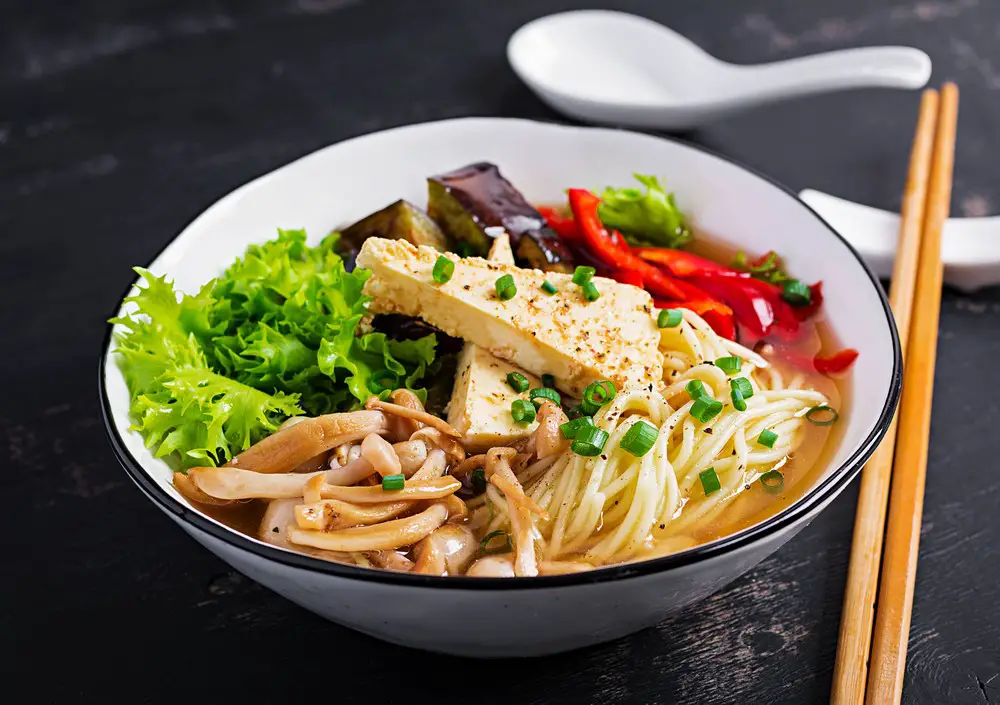
Noodles cook instantly, allowing you to prepare quick and easy vegan noodle dishes at home. You can use several ingredients to replace meat, chicken, and fish in vegan noodle dishes, creating hearty dishes that everyone will love.
The different noodles and sauces allow you to change or elevate dishes as you please when creating in the kitchen. Use chickpeas, tofu, nuts, and your favorite vegetables to create vegan dishes that will have everyone returning for more.
However, if you don’t prefer to experiment, Insanely Good presents 17 easy vegan recipes you can try. You can quickly prepare dinner with these recipes, including a Classic Vegan Chicken Noodle Soup, Vegetable Lo Mein with Crispy Tofu, and Simple Hoisin Tofu Noodles.
The Health Benefits of Vegan Noodles
When creating vegan noodle dishes, you must include nutritious ingredients for a well-balanced meal. A good dish will contain carbohydrates, fiber, protein, vitamins and minerals, and healthy fats.
When using plant-based ingredients for your favorite noodle meal, you can expect the following health benefits:
High Fiber Intake – Vegan noodles have a high fiber content when compared to other pasta, thanks to the ingredients used. Fiber is important for a healthier lifestyle because it benefits gut health and the immune system. The noodles used for the base of a vegan noodle dish and adding vegetables and tofu provide the required fiber intake.
Easy to Digest – Vegan noodles make for easier digestion because they don’t contain complex ingredients. You can enjoy a delightful meal and feel lighter than eating an energy-dense meal with low fiber. However, to ensure you have the advantage of your plant-based noodle meal, ensure that you manage your caloric intake by balancing the ingredients, especially when using high-sugar sauces.
Lower Sodium – Thanks to flavorsome ingredients when preparing vegan noodles, you can ensure a lower sodium intake.
Vegan Noodle Soup: A Comforting Bowl of Goodness
Vegan noodle soup is undeniably warming and comforting. You can find several instant vegan noodle soups that you can have ready in under five minutes for when you have no time. Some of the best include Dr. McDougall’s. Lotus, Annie Chun, and Nissin. However, making a vegetable noodle soup at home in less than half an hour is easy, using thin rice noodles, plenty of vegetables, and some soy sauce.
Follow this recipe and tips for this Vegetable Noodle Soup from Ayeh Manfre for a comforting bowl of goodness.
Creative Ways to Enjoy Vegan Noodles
Boiling a packet of instant vegan noodles does not need to constitute a bland meal. Use your imagination, like when you innovate with noodles and vegetables to create stir-fries. Here’s how you can create a meal worthy of being called the best vegan noodles:
For example, when preparing instant noodles, you can replace the water with roughly the same amount of your favorite plant-based milk and a dash of your favorite plant-based butter for a creamier taste.
Another idea is adding kimchi to the pot—about half a cup per packet of instant vegan noodles. Peanut butter and Sriracha sauce are also great for turning your pack of instant noodles into a thicker mixture that tastes like Pad Thai.
Add umami flavor to a packet of instant vegan noodles with a dash of soy sauce and some crushed garlic when cooking. Deep fry or grill some tofu, and add it to a prepared instant ramen for a more substantial dinner. Delicious!
Experiment with other flavors with vegan ingredients and noodles when not using instant noodles. Keep the flavors Asian, or add ingredients like zucchini, artichokes, and tomatoes for a Mediterranean flair. Make a quick Arrabbiata sauce to serve with your favorite vegan noodles or pasta, or make a creamy sauce using cashew cream.
As you can see, endless creative ways to enjoy vegan noodles exist.
Where to Find the Best Vegan Noodles Near You
Looking for the best vegan noodles near you is simple. Asian stores have a huge variety of noodles for those wanting to try making home-cooked ramen, soups, or stir-fries. They also stock several brands of instant or reheatable vegan noodles.
Most food stores also have an Asian section where you can get noodles, sauces, and instant vegan meals with noodles. Food stores are great for one-stop shopping because you can get all the fresh vegetables you need to add to your favorite noodle meal.
Finally, online shopping is ideal if you don’t have access to a store with a large selection of Asian ingredients or want to learn more about new products in your area.
Tips for Perfectly Cooking Vegan Noodles
Knowing the following tips is invaluable to achieving the best vegan noodles.
- When cooking or heating instant noodle varieties, it’s best to follow the instructions on the packaging.
- You can also make variations to instant ramen, like adding vegan milk instead of water, but use the correct liquid quantity.
- When cooking wheat noodles, always add them to fast-boiling water to which you have added a pinch of salt. The package will indicate how long to cook them because this will depend on their thickness. Drain wheat noodles in a colander when you remove them from the heat. Add a few drops of oil; it prevents them from sticking, or immediately add them to your prepared stir-fry.
- When cooking dry rice noodles, you should soak them in water for about 30 minutes first to soften them. Drain them and add them to boiling water. Cook vermicelli noodles for 2 minutes, whereas thicker noodles need about 5. Drain and complete your recipe.
- With mung bean noodles, you don’t need to boil them. Soak them in boiling water for between 15 and 20 minutes. Drain and add to your noodle dish.
- Soba noodles require a bit more attention. Add them to fast-boiling water with a pinch of salt. Once the water returns to the boil, add one cup of cold water to prevent the noodles from overcooking. Now let them continue boiling for about 5 minutes or until tender. Drain, rinse them briefly, and serve with your hot or cold broth or grilled vegetables.
Noodles are an easy food that anyone can enjoy for lunch or dinner, no matter how busy a day they are having. Making the best vegan noodles is easy, whether you use the instant variety or quickly whip up a meal. You can even use your imagination to turn the blandest packet of instant noodles into a worthy meal.


